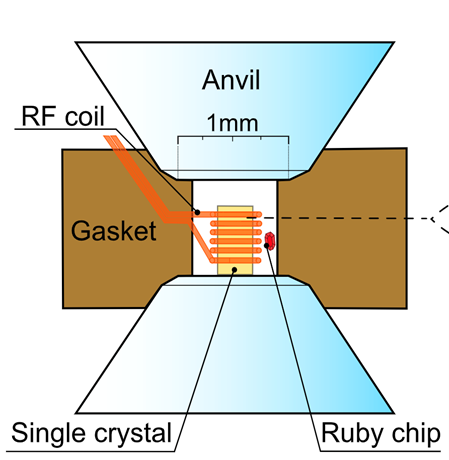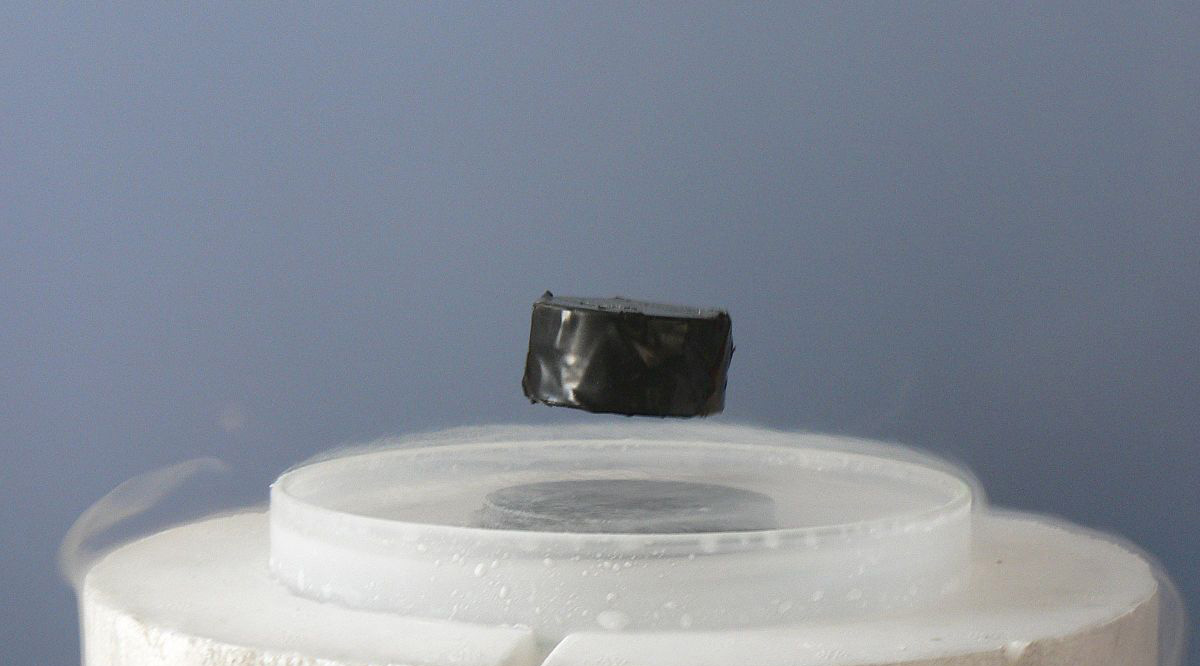Understanding the nature of superconductivity is one of the most important problems in both applied and fundamental physics.
Currently, superconductivity can only be achieved at extremely low temperatures of about minus 150 degrees Celsius and below normal atmospheric pressures and has found very important applications in magnetic resonance imaging, particle accelerators, or prototype fusion reactors. If scientists manage to raise this critical temperature to room temperature, superconductivity could revolutionize many industries, from quantum computers—many of which are based on superconducting qubits—to the energy sector, where transmission of electricity without losses could lead to huge economic benefits.
One of the reasons this goal is still elusive is that scientists do not yet have a reliable theory to easily understand what materials will possess room temperature superconductivity, and under what conditions this property could be induced, such as under applied pressure or elastic deformation.
Many researchers believe that a crucial step towards finding this theory is to learn how a known superconductor reacts to changing conditions.
“As often in physics and chemistry, we learn a lot by tweaking external conditions and watching what the system does in response,” said Jürgen Haase at the University of Leipzig in an e-mail. “A proper theory should be in agreement with that.”
One of the most popular theoretical approaches to understanding high-temperature superconductivity is using what is called the Hubbard model, in which a special type of interaction between electrons is assumed.
“The Hubbard model is a particular model [for superconductivity] favored by many theorists,” explained Haase. “It [assumes] a well-known classical scenario that if you have many electrons and they want to move around in a material, they need to be able to pass each other to conduct electricity.”
However, it has not yet been clear whether the Hubbard model is correct or applicable in any situation.
Finding a better theory
Regardless of which theory of superconductivity a particular physicist adheres to, it is generally accepted that the behavior of electrons in a material is responsible for it. To study this behavior and how it can be modified by changing external conditions, Haase and his collaborators used a special type of superconducting copper and oxygen-containing material known as cuprates in their experiments, with the intent of observing exactly how its superconductivity changes under pressure. Their results are presented in a paper recently published in PNAS.
“Unlike with conventional superconductors, pressure can amplify the critical temperature for these materials we investigated, but how this happens has been a conundrum for decades,” explained Michael Jurkutat, first author of the paper and a researcher at the Karlsruhe Institute of Technology, who has worked for over a decade on these materials in Haase’s group.
The scientists therefore subjected a number of samples of cuprate to a pressure that was 44,000 times atmospheric pressure and studied its effect on the structure of the material. To achieve this incredible pressure, the researchers placed microcrystals inside the pressure zone created by an anvil less than a millimeter in size. In addition to copper and oxygen, the cuprate crystals they used contained yttrium and barium, which is very popular in this kind of research.

“For this material, the effect [of changing critical temperature as a result of applied pressure] was best known,” said Jurkutat. “This material is often referred to as the ‘drosophila’ of cuprate research and probably the most thoroughly investigated and characterized cuprate, also in terms of its pressure dependence and the effects whose origin we sought to uncover.”
To understand the changes in electronic structure that lead to an increase in critical temperature, the team studied the distribution of electrons between copper and oxygen atoms by measuring changes in the magnetic resonance spectra caused by the redistribution of the electronic charge within the material.
They found that the change in electron distribution due to pressure was similar to previous experiments in which the same result—an increase in critical temperature as a result of electron redistribution—was achieved through chemical methods, helping confirm that this mechanism is responsible for higher temperature superconductivity in this particular material.
These findings can be understood with a modification of the simple Hubbard model, but there are other theories that may be more appropriate.
“In normal metals, electrons can scoot around each other, but in these cuprate materials, they cannot,” said Haase. “Here, one electron has to hop over its neighbor, instead, and that costs energy, which can prohibit conductivity. The Hubbard model is already very difficult in its simplest form and our results say, one has to use a more advanced Hubbard model, or maybe a very different approach.”
Despite the importance of this insight, the scientists noted that it is not expected to lead to immediate practical applications.
“This increase in the temperature of superconductivity is not interesting in terms of applications, since such high pressures can hardly be sustained for real wires that carry the supercurrent,” added Jurkutat. “Rather, it is what this property reveals about fundamental theory, which is still lacking.”
Reference: M. Jurkutat et al., How pressure enhances the critical temperature of superconductivity in YBa2Cu3O6+y, Proceedings of the National Academy of Sciences (2023), DOI: 10.1073/pnas.2215458120
Feature image credit: Wikimedia Commons, reproduced under a CC-BY-SA license.














